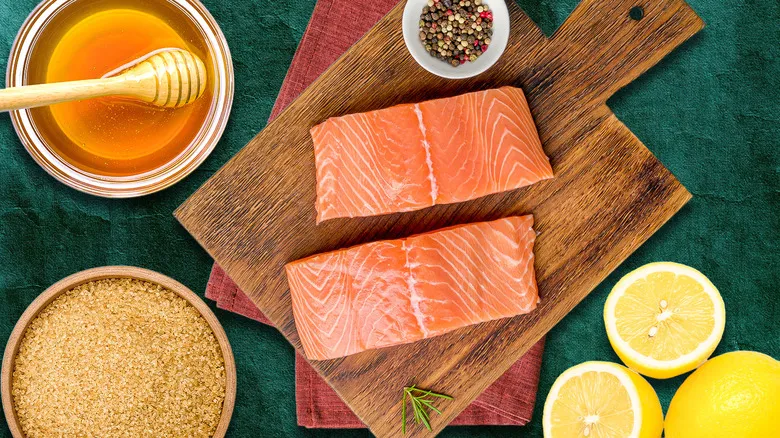Salt

If you're not very familiar with salmon yet (aside from enjoying it at restaurants), it might be beneficial to start with a detailed guide on how to cook and enjoy this fish. Salmon is far more versatile than many people think, ranging from lox to jerky to various canned and cured options. Understanding the different forms available can be helpful as you embark on your home-cooking adventure.
On the other hand, if you're already experienced with salmon, you may have used it in various recipes and might be surprised to learn that a simple sprinkle of salt is often all you need for a delicious, fresh piece of fish. So, let’s cover the fundamentals, because if you don’t get these right, your fish won’t turn out well, regardless of how many other seasonings you add.
Unlike everything else on this list, salt is essential. Unless you're monitoring your sodium intake, it’s a necessity. At higher concentrations, salt enhances the umami flavor that salmon naturally possesses. Interestingly, at lower levels, it can also bring out sweetness, which is why it’s often used in baking. Be sure to apply salt directly to the fish, where it can interact best with the flavors, before adding any sauces or additional seasonings. And remember, sea salt, with its deeper taste, briny notes, and rich mineral content, pairs wonderfully with salmon.
Pepper
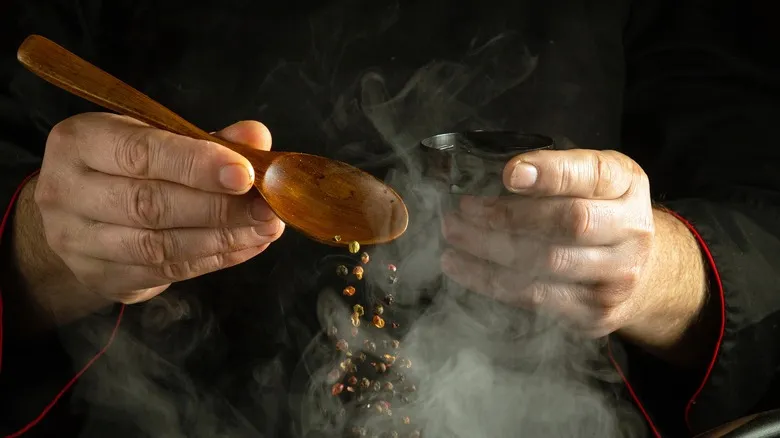
Pepper is not a necessity, but it’s an excellent spice that enhances flavor, as recognized by ancient cultures. Black pepper has been a staple in Indian cuisine since around 1500 BCE and played a significant role in the mummification practices of Ancient Egypt. Its prominent role on the Silk Road and the nickname "black gold," which persisted until recently, highlight its esteemed status in Eurasia over the centuries.
Pepper adds a delightful zing and warmth, but it doesn’t overwhelm like chili can. However, it’s important to know when to incorporate it. While it can be fantastic, I tend to use it sparingly on salmon and only in certain dishes. For example, if you’re preparing pepper-crusted salmon, diners can easily remove the crust and much of the pepper with it. For spice enthusiasts, salmon jerky offers a great way to enjoy a flavorful kick. You can even find black pepper salmon skin, which is delicious!
Sugar
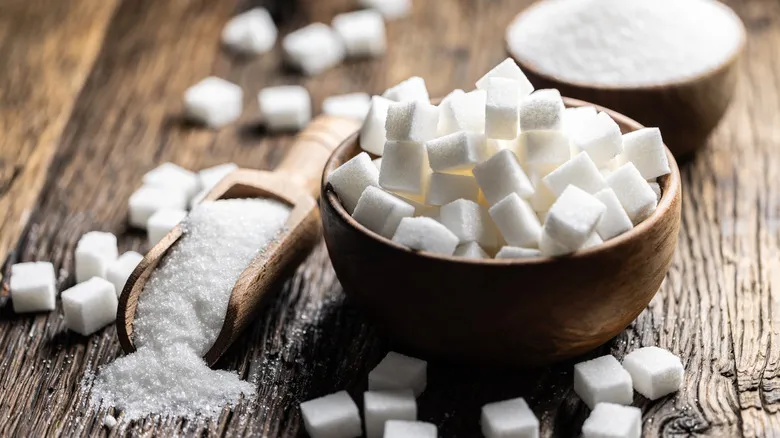
At first glance, sugar might seem like an unusual ingredient. Fish is typically considered savory, right? Surprisingly, that's not the case. For the traditional salmon dish known as lox (or gravlax), white sugar is essential. The recipe usually requires a roughly equal ratio of salt and sugar, along with optional pepper and dill. I've only prepared lox a handful of times, but I was amazed at how simple it is. The process involves brining and pressing the salmon over a few days to cure it, after which you slice it diagonally for nice, wide pieces.
Sugar can also serve more straightforward purposes. It's a handy ingredient that can help mask any fishy odors. When buying salmon, it's worth noting that sourcing it directly from the docks or a fish market will likely yield the best quality (pun intended). Purchasing salmon from a grocery store can be a bit riskier. Look for the freshest fish available, characterized by shiny flesh and skin, a vibrant pink-to-red hue, and no signs of graying or an oily sheen.
If you bring the fish home and notice a slight odor, don’t worry: simply wash and dry the salmon, then sprinkle a little granulated sugar on both sides. This not only helps eliminate the smell but also enhances caramelization when you pan-fry or broil it, making it a smart choice. Additionally, using cedar planks can help mitigate any fishy scent in the salmon.
Brown sugar, maple syrup, and honey
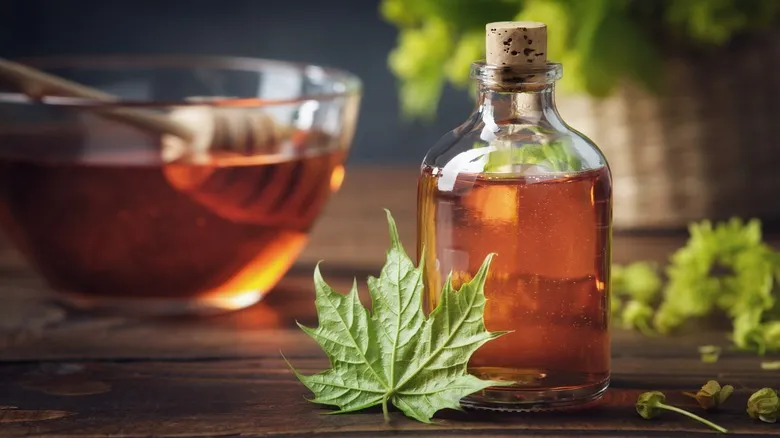
This "seasoning" is actually a three-in-one blend. Each of these ingredients is unique, flavorful, and can elevate salmon to new heights. Given that salmon has a natural sweetness, it complements sweet-and-salty marinades, rubs, and dressings beautifully. You can explore various flavor profiles, largely influenced by the other components in your recipe.
For example, while brown sugar may appear similar to white sugar, they are quite different. Brown sugar is the better choice for glazing salmon or creating a smoky marinade or teriyaki-inspired dish, as the molasses in brown sugar imparts a rich, smoky flavor. Additionally, maple syrup is a healthier alternative to sugar, being lower on the glycemic index and packed with antioxidants.
If you enjoy maple syrup, you’ll adore salmon candy. Some of my fondest memories involve stopping at South Beach Fish Market to grab salmon candy (also known as candied salmon) on my way to the Oregon Coast. Trust me, if you’ve never tried salmon candy, you haven’t truly lived. To make it at home, all you need is salt, sugar, maple syrup, and some quality salmon with the skin on, which adds moisture and flavor.
Honey is another delightful and nutritious ingredient that plays a key role in many salmon dishes enjoyed here in the Pacific Northwest. It pairs particularly well with mustard, cider vinegar, and dill. (Honestly, mustard should be a staple in everything.)
Lemon
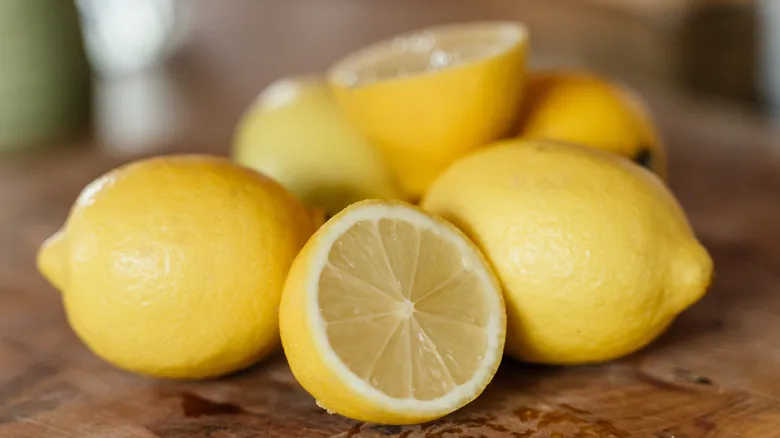
One of the most common pitfalls to avoid when preparing salmon is overlooking the impact of citrus. Seriously, lemon and salmon are a match made in heaven, much like bagels and lox. If you’re going to stick with just two ingredients for baking a fillet, make it lemon and salt, no question. Simply season the top of the fillet generously with salt (using skin-on salmon is ideal, as it eliminates the need for added fat in the pan), and then layer the fish with overlapping slices of lemon. Delicious! That said, garlic, pepper, and butter certainly have their place and pair wonderfully with lemon as well.
Other citrus fruits can complement salmon beautifully too. Lime combined with honey and garlic butter creates a fantastic flavor profile, but feel free to swap in oranges if you prefer. If you’re feeling adventurous, you might even experiment with recipes that include grapefruit, though I can assure you that wouldn’t be a hit in this household.
Dill
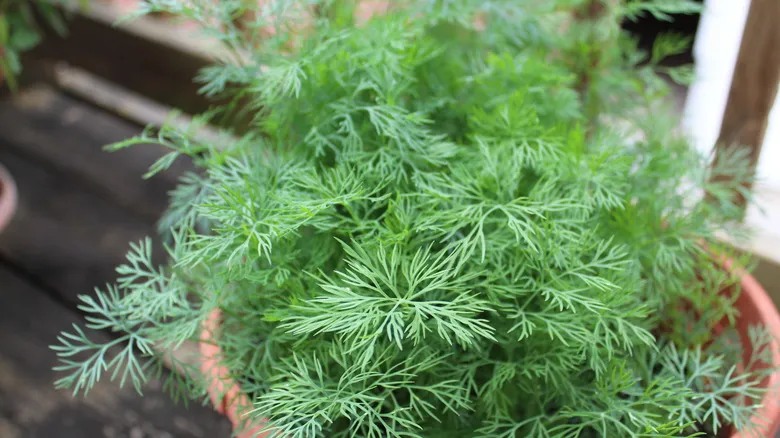
Dill has a sweet, herbal flavor with a hint of citrus, making it an excellent choice for enhancing the taste of fresh fish. This is particularly true for salmon, which pairs beautifully with one of dill's best companions: lemon. One of the great advantages of dill is its availability; unlike some herbs that can be hard to find fresh at grocery stores or farmers' markets, dill is often found in abundant, vibrant bunches throughout much of the year. You can even cultivate it in your own garden, but be sure to harvest it before it flowers, as it can turn bitter afterward.
When it comes to incorporating dill into your salmon dish, you have a couple of options. You can either sprinkle it directly on the fish while cooking or create a sauce to drizzle over it afterward. Both methods have their merits, but they do require different approaches.
If you choose to make a sauce, you can either cook it in a pan or in the oven, then transfer it to a plate and top it with the dill sauce. Common ingredients for the sauce include sour cream, lemon, and a touch of sugar. Alternatively, you can braise the fish in the sauce on the stovetop for a deliciously infused flavor.
Rosemary
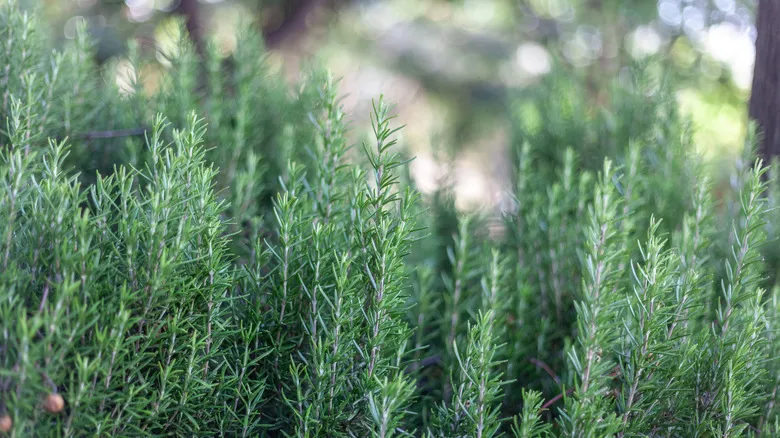
Rosemary is a popular culinary herb that many of us cultivate in our gardens. It pairs wonderfully with salmon, particularly when combined with garlic, lemon, and sea salt. Finely chop it to ensure it blends seamlessly with your other ingredients and to avoid any tough texture.
However, many people miss out on its full flavor potential due to a lack of attention when stocking their herb collection. While dried rosemary can add a pleasant taste, fresh rosemary is superior if available. Its herbal flavor is more pronounced yet also more subtle. It's incredibly easy to grow in your backyard, so if possible, consider planting a bush. If that's not an option, make sure to replenish your supply of dried rosemary every few years.
Regardless of whether you use fresh or dried rosemary, be cautious not to substitute them directly, as dried herbs are significantly more concentrated than their fresh counterparts. Instead, check the appropriate ratio for substitution. Otherwise, your salmon might end up tasting more like rosemary-flavored salmon rather than the other way around.
Garlic
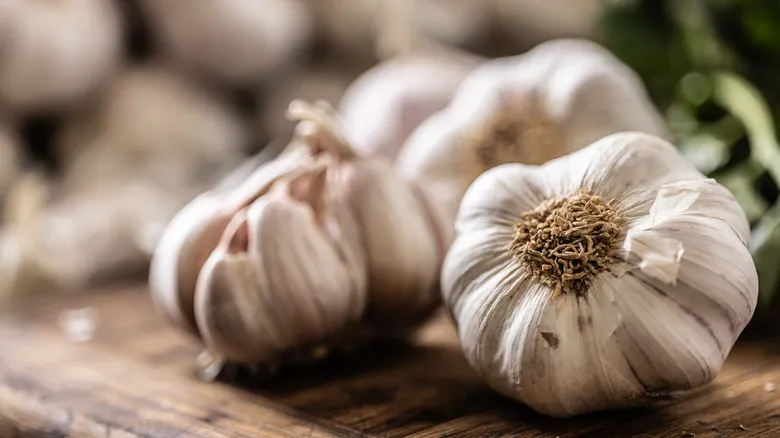
Garlic is absolutely fantastic with nearly any cut or preparation of salmon. In fact, garlic enhances the flavor of just about anything. Why is that? It contains chemical compounds that not only taste amazing on their own but also heighten our taste buds' sensitivity to other flavors, such as fish, salt, lemon, and herbs. There’s a reason salmon and garlic are frequently paired in countless recipes: they complement each other perfectly.
You can opt for fresh garlic cloves, jarred minced garlic, or garlic powder, all of which yield delicious results. However, be cautious when using high heat methods like searing, grilling, or broiling. Burnt garlic is not just ruined; it turns bitter and unpleasant, almost tasting chemical. If you plan to sauté it, do so over low heat and add the garlic towards the end. When using it in a marinade, ensure there’s plenty of liquid to keep it from drying out and burning.
Curry
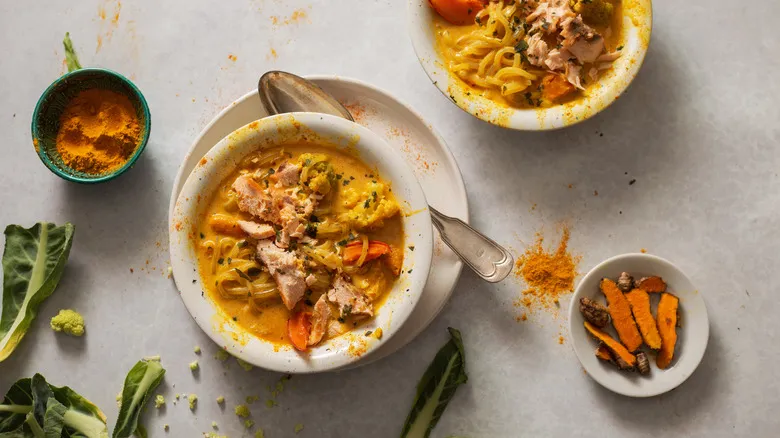
Although curry is most commonly associated with dishes from India or Southeast Asia (and occasionally Africa), it would be a culinary injustice to limit its use to just those regions. In fact, curry pairs exceptionally well with salmon, allowing for a multitude of delicious recipes.
For a quick and easy option, simply combine curry and salt in equal parts and gently rub the mixture onto your salmon. Be careful not to use too much, as both the salmon and the curry can easily overwhelm the fish's subtle flavor. You might also consider making a curried salmon salad, which is a personal favorite, or a classic coconut curry served with rice. (Keep a napkin handy; you might find yourself drooling.)
If you're feeling adventurous, try creating your own curry powder, which is a fantastic staple to have in your kitchen. Recipes can differ widely based on region and color; red, green, and yellow curries each feature unique ingredients. However, when most Americans think of curry, they picture the yellow-orange powder found in jars, typically made from a blend of turmeric, cumin, ginger, mustard, coriander, black pepper, cardamom, and cinnamon, among other spices.
Smoked paprika or liquid smoke
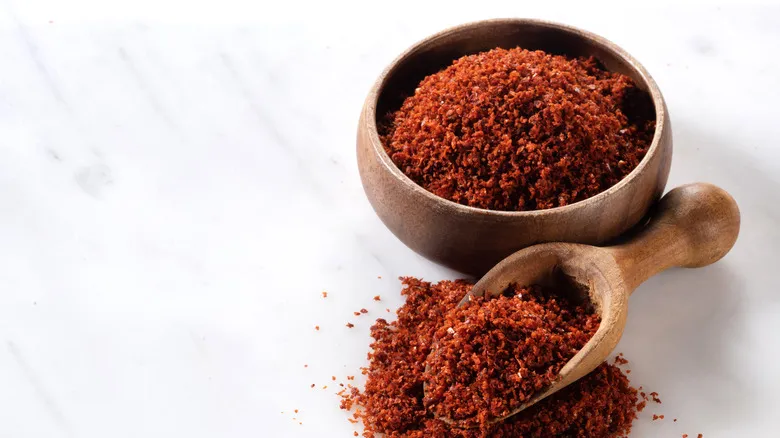
You may be intrigued by the concept of having a smokehouse in your backyard, but let’s be real: how likely are you to invest the time in constructing a small, freestanding structure that resembles a latrine, complete with steel shelves and a miniature stove? Probably not very likely, right?
Luckily, both liquid smoke and smoked paprika can give your salmon that delicious, home-smoked flavor without the hours of effort or the complicated setup that many home cooks simply can’t manage. If that sounds like you, then smoky-flavored products are your go-to solution. You can marinate salmon in liquid smoke, brown sugar, and soy sauce overnight, then just pop it in the oven to finish cooking, and it will taste remarkably close to the real deal. Liquid smoke is quite reliable in this regard.
If you prefer a more subtle smoky flavor, consider roasting salmon with smoked paprika. It’s straightforward, requires no marinating or lengthy curing, and you can still achieve a restaurant-quality result. Just a word of caution: while many recipes call for regular paprika, it’s not the same, and smoked paprika truly is superior.
Mustard

Mustard is one of those versatile ingredients that enhances a wide range of salmon dishes. Whether used in sweet or savory applications, directly on the fish or as part of a sauce, this time-honored spice is cherished for complementing all types of fish. While it pairs nicely with various meats, mustard's sharp flavor particularly harmonizes with the natural sweetness and flaky texture of a quality salmon fillet.
For salmon, you can opt for the store-bought condiment (I personally prefer Grey Poupon, but both Dijon and yellow mustard work well), or you can choose mustard powder. Just ensure that your dried spices are fresh, as they can lose their potency within a year. Whole mustard seeds tend to have a longer shelf life, lasting between three to four years.
When using mustard, it's typically best to incorporate it into a seasoning rub, marinade, or sauce if you plan to apply it to the fish before cooking. This method is excellent for baking, broiling, and grilling. However, if you're preparing salmon on the stovetop or using a water bath (poaching), it's advisable to mix the mustard into a sauce and dress the fish just before serving. You can also braise the salmon in the sauce, as seen in mustard-infused cream sauces.
Soy sauce
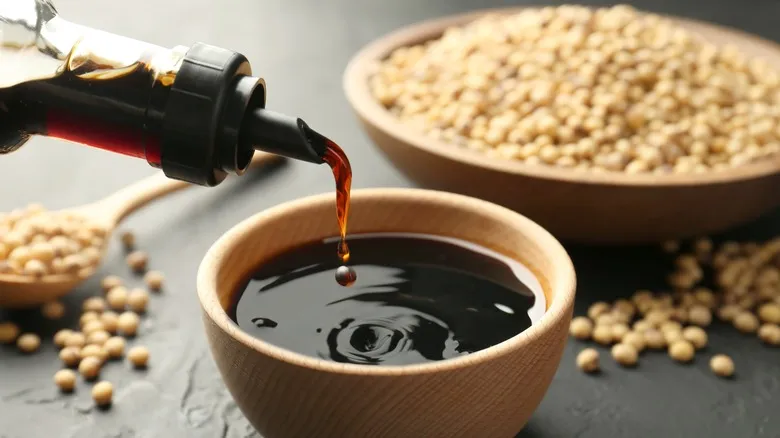
Soy sauce offers a unique flavor that is ideal for dipping sashimi and serves as an excellent ingredient in various salmon marinades. Its remarkable umami taste is derived from a traditional blend of soy, wheat, water, salt, and fermentation agents like yeast and bacteria. This flavor is difficult to replicate with any other ingredient, making it a staple to keep on hand.
One popular way to prepare salmon in this region is by grilling it and generously applying soy sauce during the cooking process. It may take some practice to avoid over-seasoning, but in the meantime, you can explore recipes that feature soy sauce, such as honey garlic salmon or poke bowls with raw fish.
Be cautious not to exceed the amount of soy sauce specified in a recipe, especially if it also includes salt. Salmon is a delicate fish that requires lighter seasoning compared to heartier meats like beef. Consequently, it's best to avoid pairing salmon with bold red wines, as the subtle brininess of the fish can be overwhelmed by the tannins.
Salmon seasoning
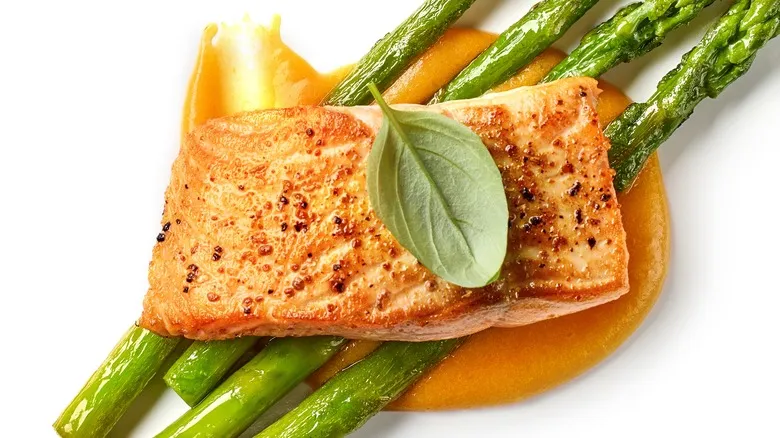
There are numerous salmon seasoning recipes available online, allowing for plenty of customization. However, most of these recipes feature a similar set of key ingredients that enhance the flavor of your fish, including salt, garlic, paprika, pepper, and thyme. Some variations may incorporate lemon zest, while others might add mustard and brown sugar. If you're new to creating your own seasoning blends and rubs, start with a simple mix, then feel free to experiment with additional ingredients that suit your taste as you become more comfortable with the basics.
Personally, I find that many salmon seasoning recipes tend to be overly reliant on paprika, so I prefer not to use both smoked and regular paprika, as some recipes suggest. Unless you have a strong preference for this spice, it's best to choose one or the other, reserving smoked paprika for dishes where you want to achieve a distinct grilled or smoky flavor.
Salmon skin
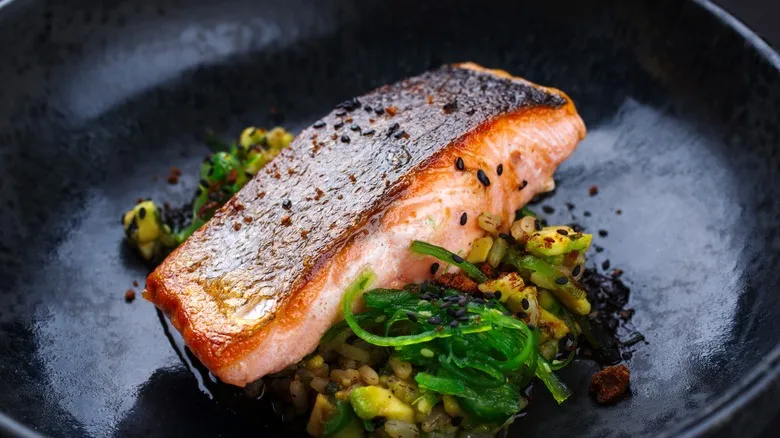
If you find it strange to think of salmon skin as a seasoning, you're not alone. For starters, it’s part of the fish itself, which makes it feel a bit like cheating to consider it an additional ingredient. Additionally, many people either a.) find skin unappealing or b.) believe it’s unhealthy. If you fall into the first category, it’s time to explore better recipes. If you relate to the second, you should be aware that salmon skin is packed with health-enhancing nutrients, including omega-3 fatty acids, niacin, phosphorus, and vitamins B and D. The calorie difference is minimal—200 calories for a 4-ounce fillet without skin versus 230 with it. In short, discarding salmon skin is a missed opportunity.
So, how can you utilize skin as a seasoning? One method is to leave it on the fish and cook it until it becomes crispy. The fat and flavor will help keep the fish moist while infusing it with a delightful smoky flavor. Alternatively, you can remove the skin and cook it separately, either on a sheet pan in the oven or directly on the stovetop. I’ve tried both methods with great success, and you can crumble the crispy skin back over your fish dish or sprinkle it on a salad. Trust me, the umami flavor is undeniable.
Recommended
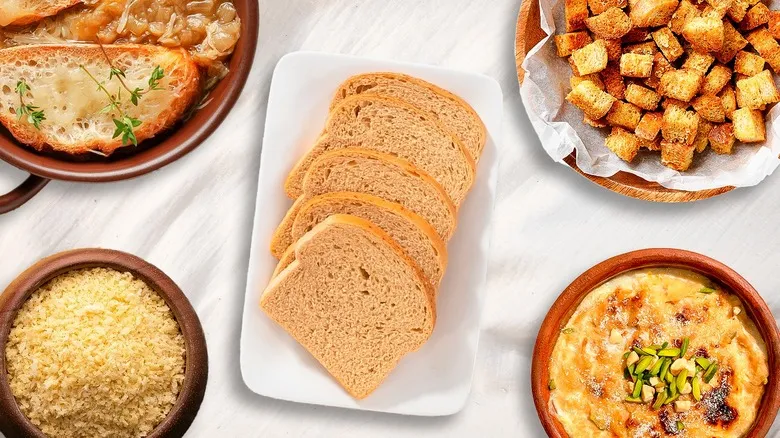
16 Clever Ways To Use Stale Bread

Give Your Grilled Cheese More Flavor With One Simple Swap

Alton Brown's Genius Box Fan Technique For Better Dried Herbs
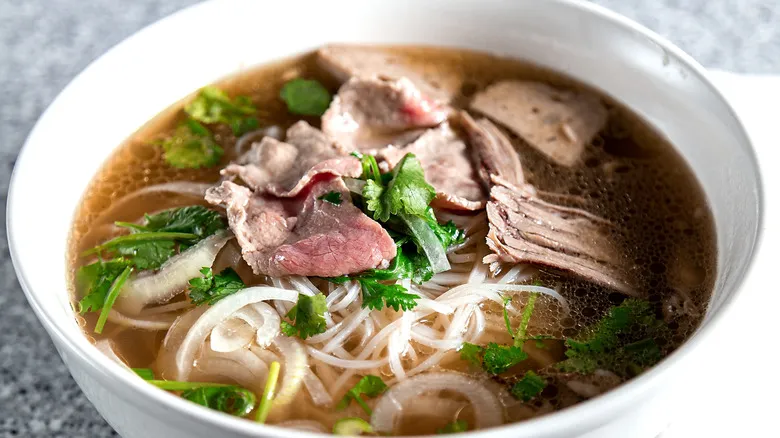
The Absolute Best Beef Cuts For Rich, Savory Pho
Next up

